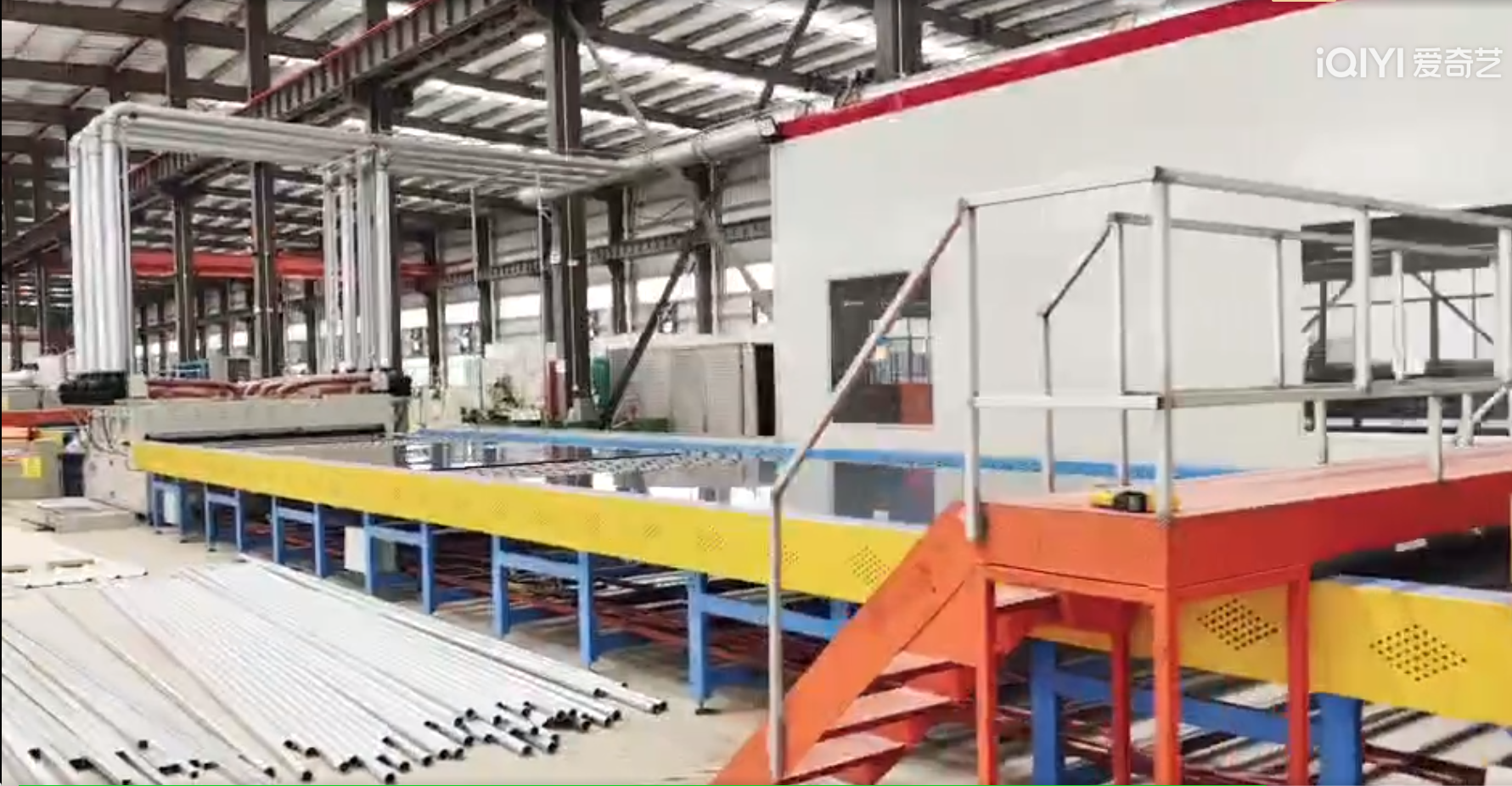How Glass Coating Lines Are Revolutionizing the Manufacturing Landscape
Time:
2025-06-17 09:40
How Glass Coating Lines Are Revolutionizing the Manufacturing Landscape
Table of Contents
- 1. Introduction to Glass Coating Technology
- 2. Understanding Glass Coating Lines
- 3. The Benefits of Glass Coating Lines in Manufacturing
- 4. Diverse Applications of Glass Coating Technology
- 5. Technological Advancements in Glass Coating
- 6. Challenges in Glass Coating Implementation and Solutions
- 7. The Future of Glass Coating in Manufacturing
- 8. Conclusion
- 9. Frequently Asked Questions (FAQs)
1. Introduction to Glass Coating Technology
The manufacturing industry is witnessing a significant transformation, driven largely by advancements in technology. Among these innovations, **glass coating lines** stand out as a pivotal development. These systems are designed to apply protective and decorative coatings to glass surfaces, enhancing their performance and appearance. In today’s competitive market, manufacturers are increasingly adopting glass coating lines to improve product quality, increase operational efficiency, and reduce costs.
2. Understanding Glass Coating Lines
Glass coating lines utilize a variety of techniques to apply coatings on glass surfaces, including **spraying, dip coating, and roller coating**. Each method has its unique advantages, allowing manufacturers to choose the most suitable process for their specific needs. The coatings themselves can comprise various materials, such as polymers, metals, and ceramics, each contributing to different properties such as UV resistance, anti-scratch capabilities, and enhanced aesthetics.
**Key Components of a Glass Coating Line:**
- **Pre-treatment Zone:** Prepares the glass surface for optimal adhesion of the coating.
- **Coating Application Zone:** Where the actual coating is applied using the chosen technique.
- **Curing Zone:** Ensures that the coating adheres properly and achieves the desired properties.
- **Quality Control Station:** Monitors the finished product for defects and ensures compliance with industry standards.
3. The Benefits of Glass Coating Lines in Manufacturing
The adoption of glass coating lines offers numerous benefits to manufacturers, including:
Enhanced Durability and Protection
Coatings enhance the glass’s resistance to scratches, chemicals, and environmental factors, significantly extending its lifespan and reducing maintenance costs.
Aesthetic Appeal
Glass coating lines allow manufacturers to produce visually striking products that can meet diverse design preferences. Custom colors and finishes can be achieved, giving manufacturers a competitive edge.
Energy Efficiency
Certain coatings can improve energy efficiency by reflecting heat and UV rays, making buildings more comfortable and reducing air conditioning costs.
Cost Reduction
Automating the coating process reduces labor costs and increases throughput, allowing manufacturers to produce more in less time.
4. Diverse Applications of Glass Coating Technology
Glass coating technology has a wide range of applications across various industries, including:
Architecture and Construction
In the building sector, glass coatings are used for facades, windows, and interior glass surfaces, enhancing energy efficiency and aesthetic appeal.
Automotive Industry
Glass coatings protect automotive glass from scratches and environmental damage, improving visibility and safety.
Electronics
In electronics manufacturing, coatings are applied to screens and glass components to enhance durability and touch sensitivity.
Consumer Goods
Products such as glassware, kitchen appliances, and decorative items benefit from glass coatings, offering both durability and visual enhancement.
5. Technological Advancements in Glass Coating
Recent advancements in technology have significantly improved the efficiency and effectiveness of glass coating lines. Innovations include:
Nanotechnology
Nanocoatings provide superior properties such as self-cleaning capabilities and enhanced durability through the application of nanoparticles.
Automation and Robotics
Integrating automation and robotics into glass coating lines streamlines processes, reduces human error, and increases production speed.
Advanced Curing Techniques
New curing technologies, such as UV curing and infrared curing, allow for faster drying times and improved adhesion of coatings, resulting in higher quality finishes.
6. Challenges in Glass Coating Implementation and Solutions
While glass coating lines offer substantial benefits, they also come with challenges that manufacturers must navigate.
Initial Investment Costs
The setup costs for advanced glass coating lines can be high. However, the long-term savings and increased productivity often justify the initial expenditure.
Quality Control Issues
Maintaining quality across batches can be challenging. Implementing rigorous quality control systems and regular maintenance can mitigate these issues.
Environmental Regulations
Adhering to environmental regulations regarding coatings and emissions can be complex. Manufacturers should invest in eco-friendly coatings to comply with regulations and appeal to environmentally conscious consumers.
7. The Future of Glass Coating in Manufacturing
The future of glass coating technology is promising, with continuous innovations expected to drive further improvements. Trends to watch for include:
Increased Customization
As manufacturers strive for differentiation, the demand for customized glass coatings that meet specific consumer needs will rise.
Sustainability Focus
With growing environmental concerns, the industry is likely to see a shift towards more sustainable coating materials and processes.
Integration with IoT
The integration of Internet of Things (IoT) technology with glass coating lines will enable real-time monitoring and improved process control, leading to enhanced efficiency and product quality.
8. Conclusion
Glass coating lines are undeniably transforming the manufacturing landscape. By enhancing durability, aesthetic appeal, and energy efficiency, these systems not only improve product quality but also reduce costs and increase productivity. As technology continues to evolve, manufacturers who embrace glass coating innovations will be well-positioned to thrive in an increasingly competitive market.
9. Frequently Asked Questions (FAQs)
What is a glass coating line?
A glass coating line is a specialized production system designed to apply protective or decorative coatings to glass surfaces using various techniques.
What are the benefits of using glass coatings?
Glass coatings offer enhanced durability, aesthetic appeal, energy efficiency, and cost reduction through increased automation and production speed.
Where are glass coatings used?
Glass coatings are widely used in architecture, automotive, electronics, and consumer goods to enhance the properties and appearance of glass products.
What advancements are being made in glass coating technology?
Recent advancements include the use of nanotechnology, automation, and advanced curing techniques that improve efficiency and product quality.
What challenges do manufacturers face when implementing glass coating lines?
Manufacturers may encounter challenges such as high initial investment costs, quality control issues, and compliance with environmental regulations.
glass coating line
News







